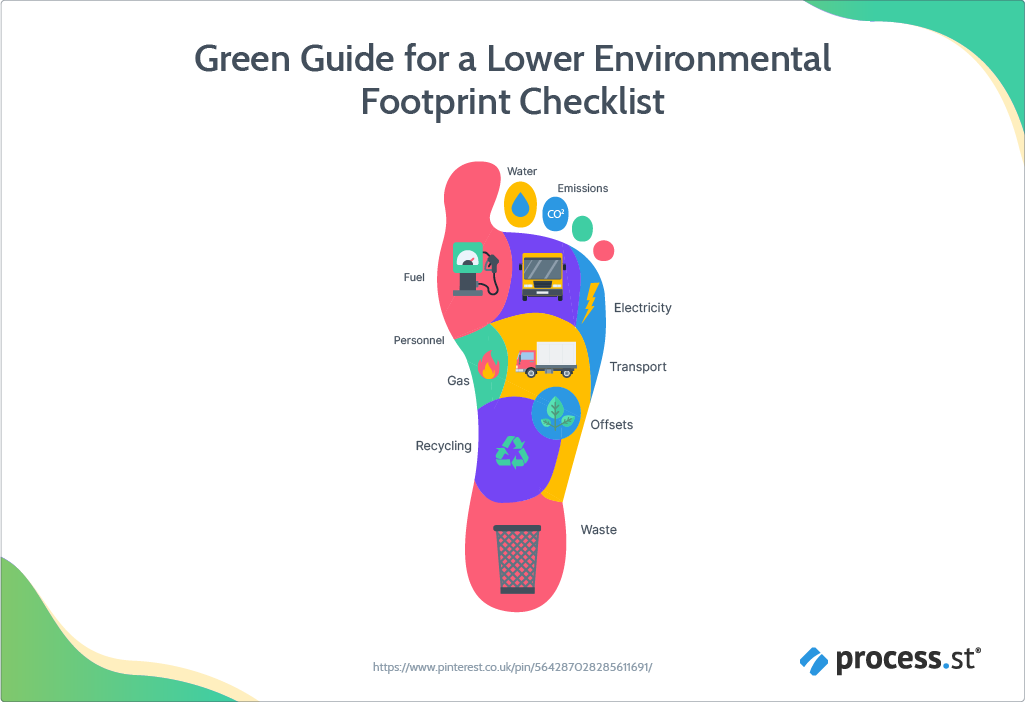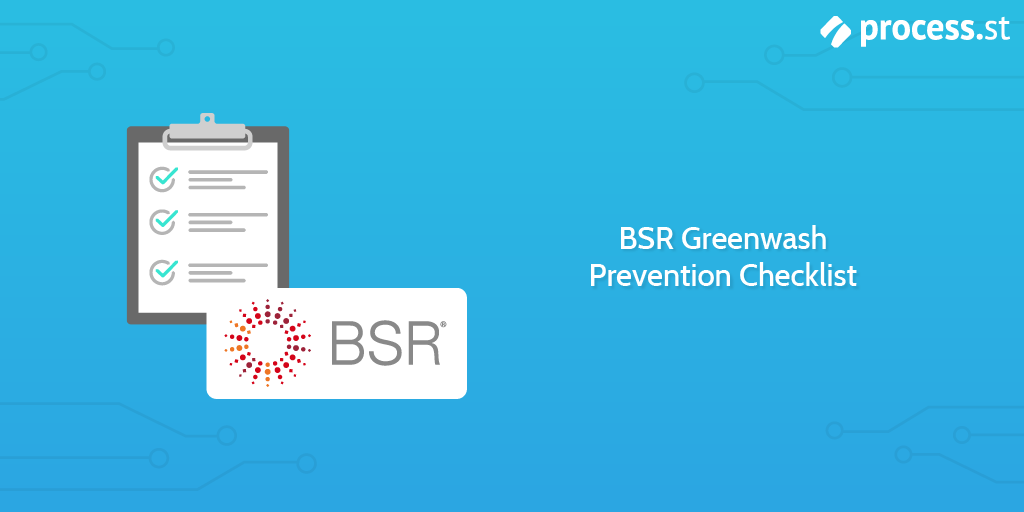69% of businesses have documented processes. However, only 4% manage and measure them properly.
This means there's an uncountable number of businesses lagging behind because their processes are depreciated and outdated.
Don't let your business suffer, too.
With this Process for Optimizing a Process, you can take control of your processes via optimization.
Here's how it works.
First, you'll confirm your basic details and the details of the person reviewing your process improvement suggestions.
Afterward, you'll get to the nitty-gritty and begin to define the process you want to optimize, measure how it currently performs, analyze how it can be optimized, decide how to improve it, and then implement the new process with controls; creating a plan to measure it and review it again in future.
This process follows the DMAIC structure for process improvement. If you want to read more about how you can use the DMAIC process at an advanced level, you can read this article:
The process should be run whenever a process needs to be optimized. Process Street - which is state-of-the-art BPM software - suggests using this checklist on at least a quarterly basis. But you can run it as often as you like!















